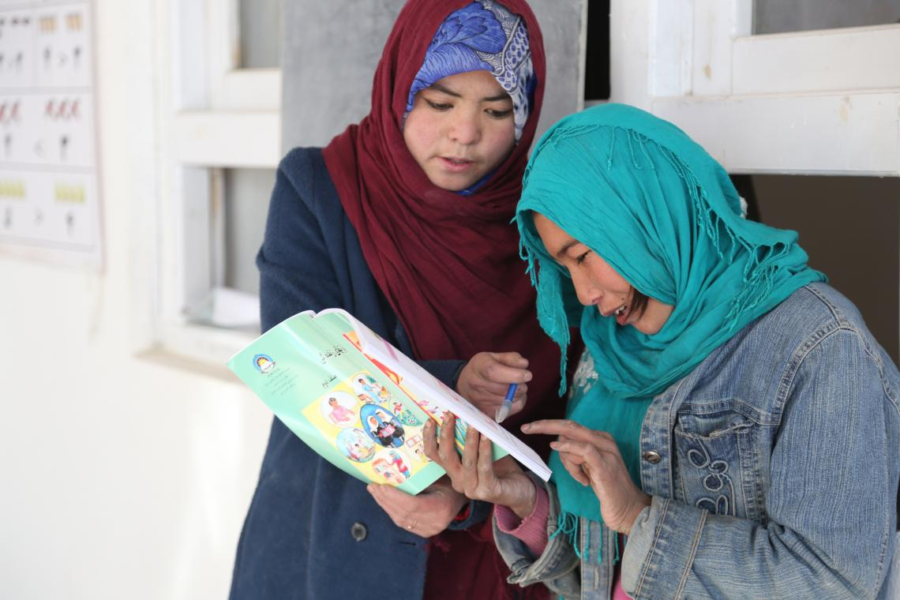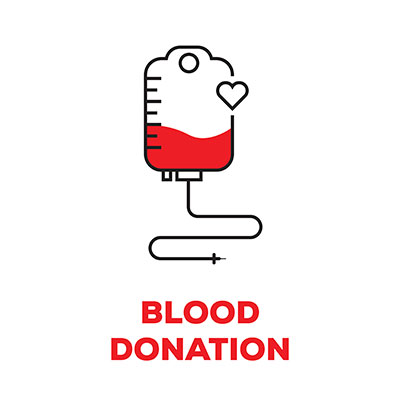Education Flees Afghanistan
August 15, 2021: As the dark skies above Kabul, Afghanistan turned orange, Taliban fighters entered the gates of the city, ending their swift takeover of the country. People’s lives were shattered; their routines becoming a mere memory of the past. Everything was changing, and not for the better.
Education was the first to go in Kabul. Many children, as well as teachers, were reluctant to go to school for safety reasons. In particular, females were fearful for their lives, and were forced to stay sheltered inside their homes. As the Taliban started their rule, the group announced that girls could not attend secondary school–aka high school–anymore. The Taliban did not address any reasons why they banned females from receiving higher level education. However, girls were still able to attend primary school.
Let’s rewind a bit. When the Taliban took control of the country in the 1990s, they followed the same path, banning girls from school. But, they noted that education was a very important and high virtue in Islam religion. Kate Clark, the co-director of Afghanistan Analysts Network, further explained that the Taliban, “would open [schools] when it was safe,” but it “never became safe.”
Clark describes how women back then and now both lost so many of their rights, besides from education. They were barred from working and were not allowed to freely express themselves. The Revolutionary Association of the Women of Afghanistan (RAWA) informs how only a few women have been able to keep their jobs as nurses and doctors. Also, besides having to wear a Burqa whenever they step aside, women must also be escorted by a close male relative.
So what was education like when the Taliban weren’t in rule? How did children learn in Afghanistan? Before the Taliban sweep, the United Nations Children’s Fund (UNICEF), were determined to get as many children in Afghanistan into proper education systems. There were about 3.7 million children out of school, with 60% of that population being girls. So, UNICEF established Community-Based Education (CBE) programs, schools within 3 km of communities and neighborhoods. This helped over 1.7 million children to get into school. Unfortunately, after the Taliban takeover, UNICEF explains how many students are now out of school with thousands of young girls vulnerable to child marriage.
Malala Yousafzi, a Nobel Peace Prize winner who was shot by Taliban in Pakistan in 2012 when leaving school, also advocated for education rights in Afghanistan at the United Nations Headquarters in New York City. A victim of Taliban violence, Malala spoke on September 9, 2021 in the Security Council; “We cannot make compromises on the protection of womens’ rights.” Yousafzi called for rights for women to remain the same and urged other nations to fight, help and enforce these rights in Afghanistan.
Education is not a privilege, but a right. It is not something that is gender-based, but rather, an opportunity for anyone who is willing to take it. UNICEF states, “A girl’s education is not only a moral imperative but an economic necessity.” If everyone in society is educated, that community will prosper, while others who do not give everyone that equal opportunity will be left behind.











